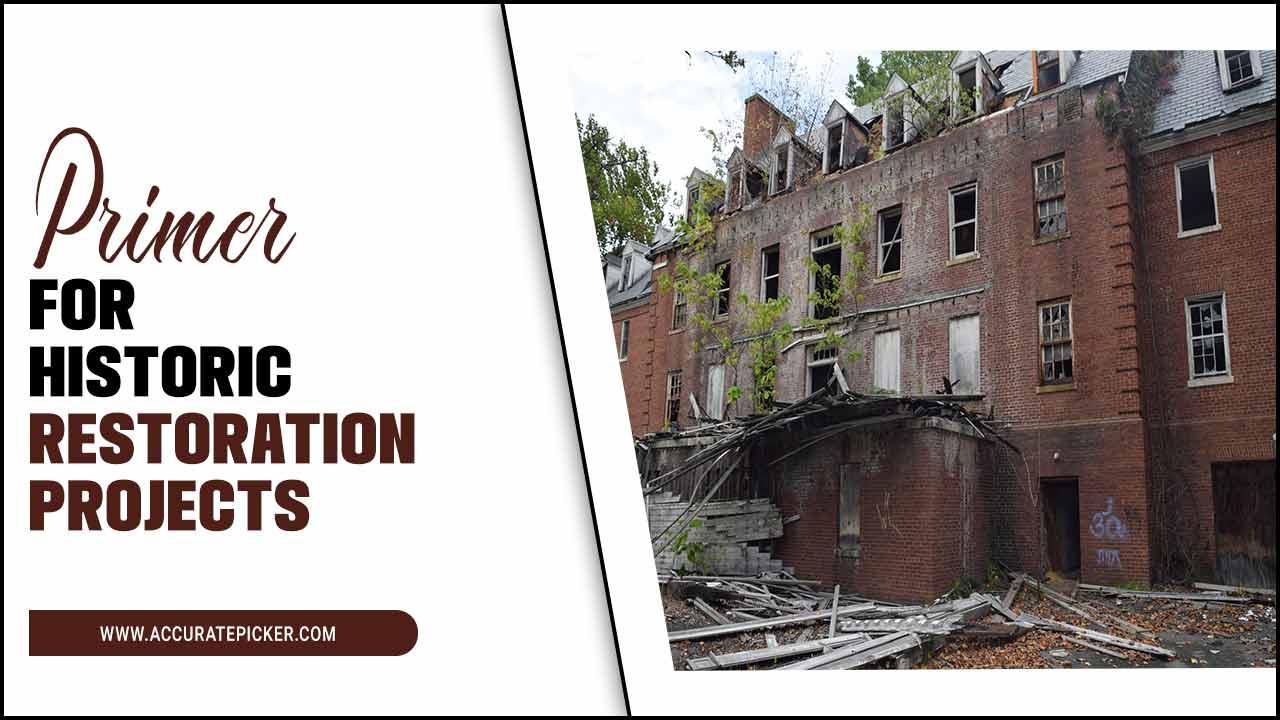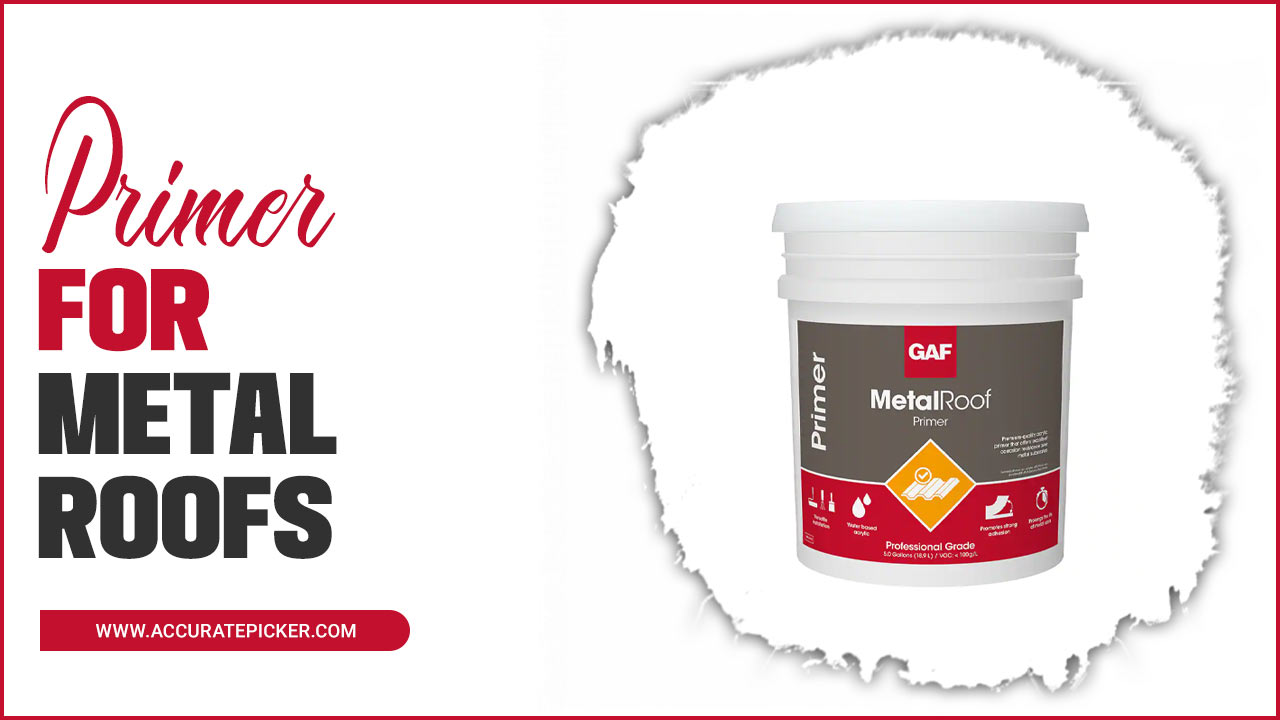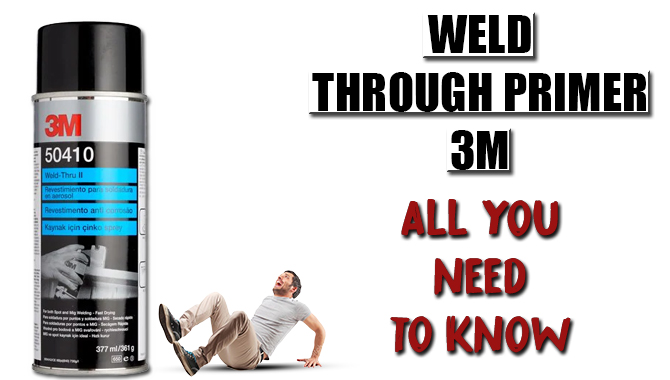The difference between Primer Vs Paint is often misunderstood, leading to confusion for DIYers and professionals alike. Primer is a preparatory coat that is applied to a surface before painting, while paint is the protective finish coat applied to a surface.
Primer is designed to adhere to surfaces, while paint is designed to protect and decorate. In this article, we will explore the differences between primer and paint in detail, and provide tips on how to choose the right one for your project.
Whether you’re a professional painter or a DIY enthusiast, understanding the differences between primer and paint will help you get the best results for your project. Read on to learn more about primer vs. paint and how to choose the right one for your project.

Primer Vs Paint: A Comparison

When it comes to painting a wall or surface, there are two main options: primer and paint. Primer is a preparatory coating applied to the surface before painting, while paint is the actual color applied to the surface. Both are essential for a successful paint job, and understanding the difference between the two is key to achieving the desired look.
Primer is designed to protect the surface, while paint is designed to provide the desired color and texture. Primer is often used to seal porous surfaces, while paint is used to provide a decorative finish. Both products are available in a variety of finishes, so it’s important to choose the right product for the job.
Types Of Primer
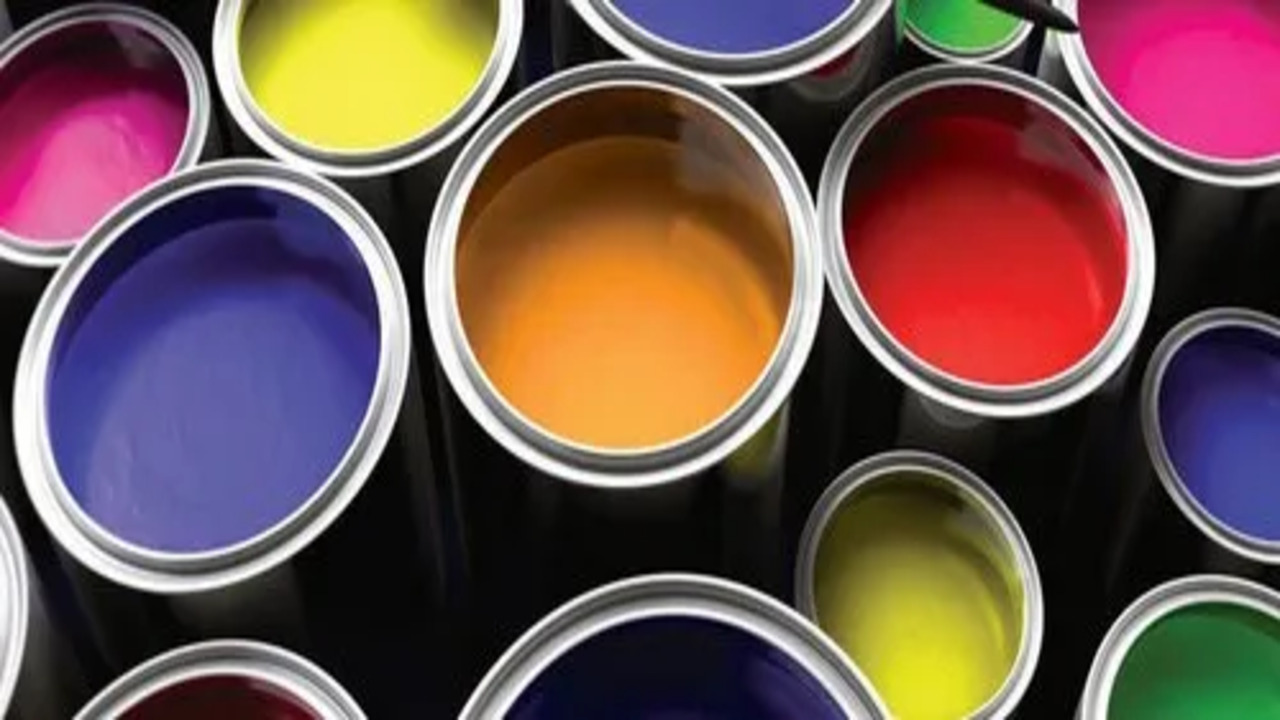
Primers are essential for any painting job, as they provide a base coat that helps paint adhere better. There are a variety of primer types available, each of which has its own uses and benefits. Oil-based primers are a popular option for exterior surfaces and are designed to combat moisture. Water-based primers are better for interior surfaces, as they dry faster and provide a smoother surface for paint application.
Shellac-based primers are ideal for blocking out odors and tannin stains from wood, while epoxy-based primers are great for heavy-duty surfaces such as concrete or metal. Finally, latex-based primers are a great choice for a variety of surfaces, as they provide an even base coat and are easy to clean up. Each type of primer has its own unique benefits, so it’s important to choose the right one for your specific project.
Waterbased Primer
Waterbased primers are a great choice for many interior and exterior surfaces. They are easy to apply and provide a strong bond between the surface and the paint you choose. These primers are also resistant to mildew and mold, and can help protect your paint from the elements.
They are also environmental friendly, as they contain fewer volatile organic compounds (VOCs) than traditional oil-based primers. Water based primers are often preferred by professional painters, as they are easy to use and dry quickly. When it comes to painting, it is important to choose the right primer, as it will affect the end result. Water based primers are an excellent choice for many surfaces and will provide a good foundation for your paint.
Oilbased Primer
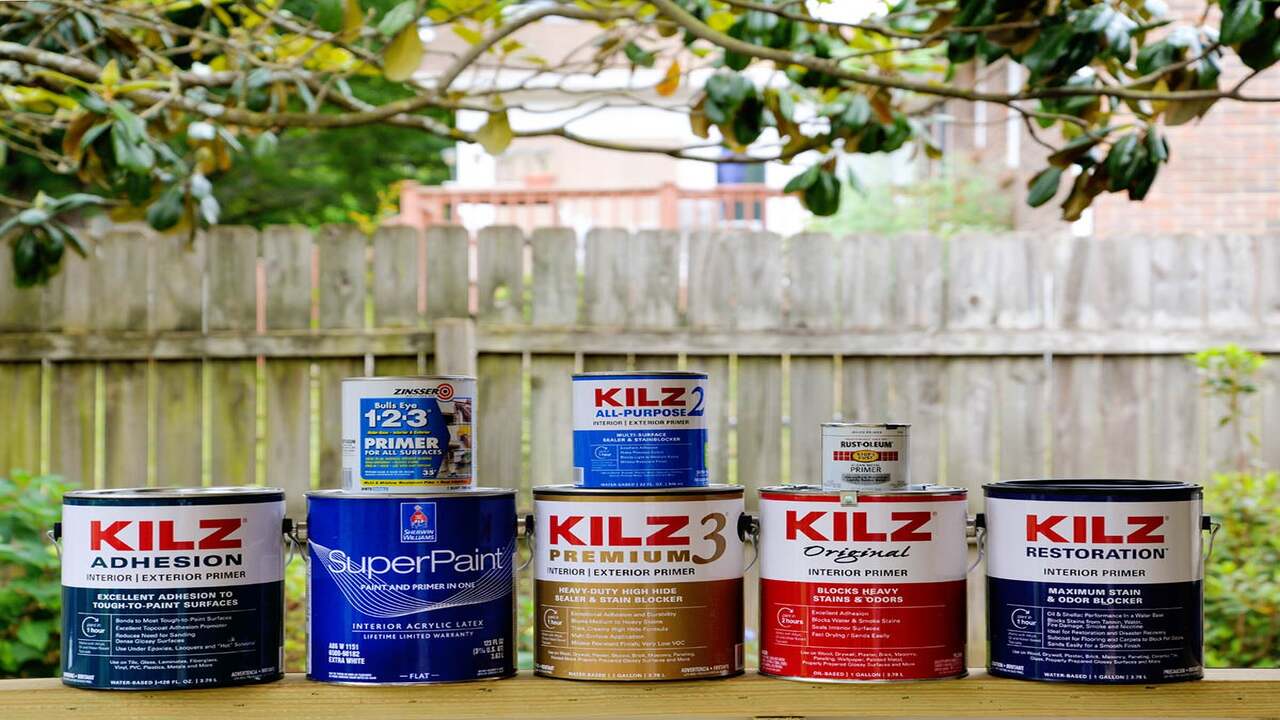
Oilbased primers are a popular choice for interior and exterior painting projects. They are designed to provide a better bond between the surface and the paint, helping to ensure a more durable finish. Oilbased primers are also ideal for surfaces that may have experienced water damage, as they help to seal in moisture and protect the surface from further damage.
They are also effective at blocking out stains and odors, making them useful for surfaces that have been exposed to smoke or pet odors. In addition to providing a strong bond, oilbased primers are easier to clean up than other types of primers. They are also more resistant to chipping and peeling, making them a great choice for high-traffic areas.
Shellacbased Primer
Shellac-based primers are often used as a base coat before painting with oil or latex paint. This type of primer is made from a mixture of resin and alcohol, which gives it a very strong adhesive power. It is also a great sealer, helping to fill in any cracks or gaps in the underlying surface. As a result, it can help to improve the adhesion of the paint, making it last longer and look better.
It’s also a great option for priming wood, as it can help to protect it from moisture and other elements. It is important to note, however, that shellac-based primers can be difficult to work with, as they tend to dry quickly and can be quite messy.
Specialty Primer
Specialty primers are designed to provide superior adhesion for particular surfaces and materials. They are used when standard primers are not suitable or provide insufficient adhesion. For example, if you are painting a metal surface, you may want to use a specialty primer designed specifically for metal. Specialty primers can also be used to create a particular textured finish, or to block stains or odors.
Specialty primers may also be used to prime surfaces with very rough textures, such as concrete or masonry. Specialty primers are generally more expensive than standard primers, but they can be worth the extra cost to ensure that the paint job lasts. If you’re not sure which type of primer to use, consult with a paint or hardware expert. They can help you select the right primer for the job and ensure that your paint job looks its best.
Types Of Paint

Paint comes in a variety of different types, each with its own purpose. Primer is a type of paint used as a base coat to prepare the surface for the top coat. It seals the material and improves adhesion of the top coat. Paint is the top coat applied to the surface and is available in many different colors, finishes, and sheens.
Latex paint is the most popular type of paint and is water-based, making it easy to clean up after painting. Oil-based paint is harder wearing and more durable than latex paint and is often used on wood and metal surfaces. Chalk paint is a type of paint with a matte finish that is often used to paint furniture.
Spray paint is usually used for outdoor surfaces such as fences and garden furniture. Whatever type of paint you use, always make sure to read and follow the application instructions carefully.
Latex Paint
Latex paint is a popular choice for interior and exterior painting projects. It is a water-based paint that is easy to clean up and maintain. It is also highly durable and resistant to mildew and fading. Unlike oil-based paints, latex paints are not as toxic and emit fewer fumes, making them the safer choice for home projects.
Latex paint is available in a range of sheens, from flat to high gloss. It is also easy to mix colors and apply, and it can be used on a variety of surfaces.
Oil Based Paint
Oilbased paint is an ideal choice for surfaces that are exposed to moisture, such as bathrooms, kitchens, and exterior siding. It is also the preferred choice for painting furniture, trim, and doors because of its durability and ability to provide a smooth surface. Primers are used to prepare a surface for paint and often contain a higher concentration of solvents than paint. Primers are also used when painting over bare wood, metal, or masonry to ensure the paint adheres properly.
Primers can also provide a uniform color base for the top coat of paint and act as a sealant to prevent moisture and other contaminants from seeping into the paint. Primers are available in both oilbased and waterbased varieties. Oilbased primers provide better adhesion and a smoother finish than waterbased primers, and they are more durable in areas that are exposed to moisture.
Specialty Paint
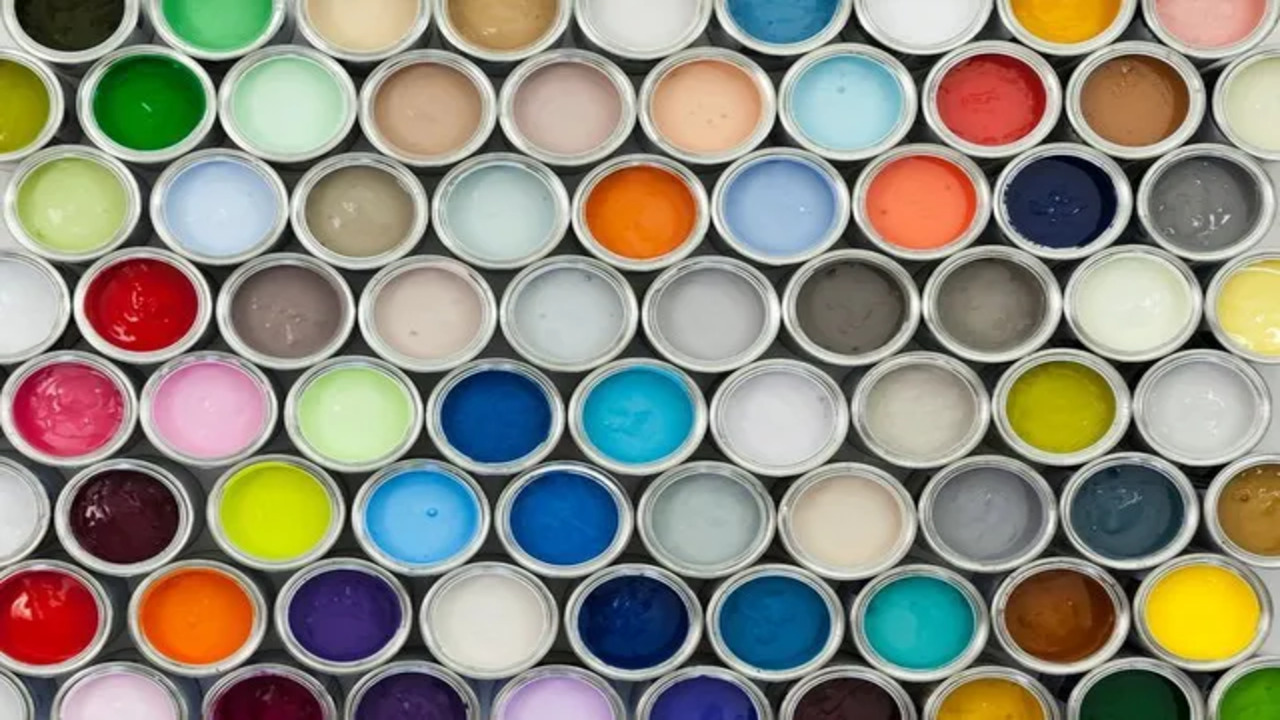
Specialty paint is designed to produce a specific effect or outcome. It may be formulated to be resistant to certain elements, like moisture or UV light, or to adhere to certain surfaces, like metal or wood. Specialty paints may also be formulated to achieve a particular color or texture, such as a matte finish or a glossy sheen.
Specialty paints are often used for outdoor projects, like painting a garage door or the siding of a house, as they can withstand the elements better than regular paint. They may also be used for decorative finishes, like creating a faux finish or a distressed look, as their pigments and formulas can produce interesting and unique results.
Uses
When it comes to painting projects, primer and paint are both crucial components of the process. Primer is a base coat that helps paint adhere to the surface better. It also helps seal porous surfaces, such as wood, and provides a uniform surface for paint to adhere.
Paint provides the color and a protective coating to the surface. The type of paint used depends on the surface being painted and the desired outcome. Primer is especially important for surfaces that are difficult to paint, such as metal or wood. It also helps to protect the surface from chipping and flaking.
Paint is great for giving surfaces a fresh coat of color. It can also be used to add texture and interest to a wall. In addition, paint can help protect surfaces from dirt, dust, and moisture. Primer and paint should both be used when painting to ensure that the project looks great and lasts for years.
Interior Painting
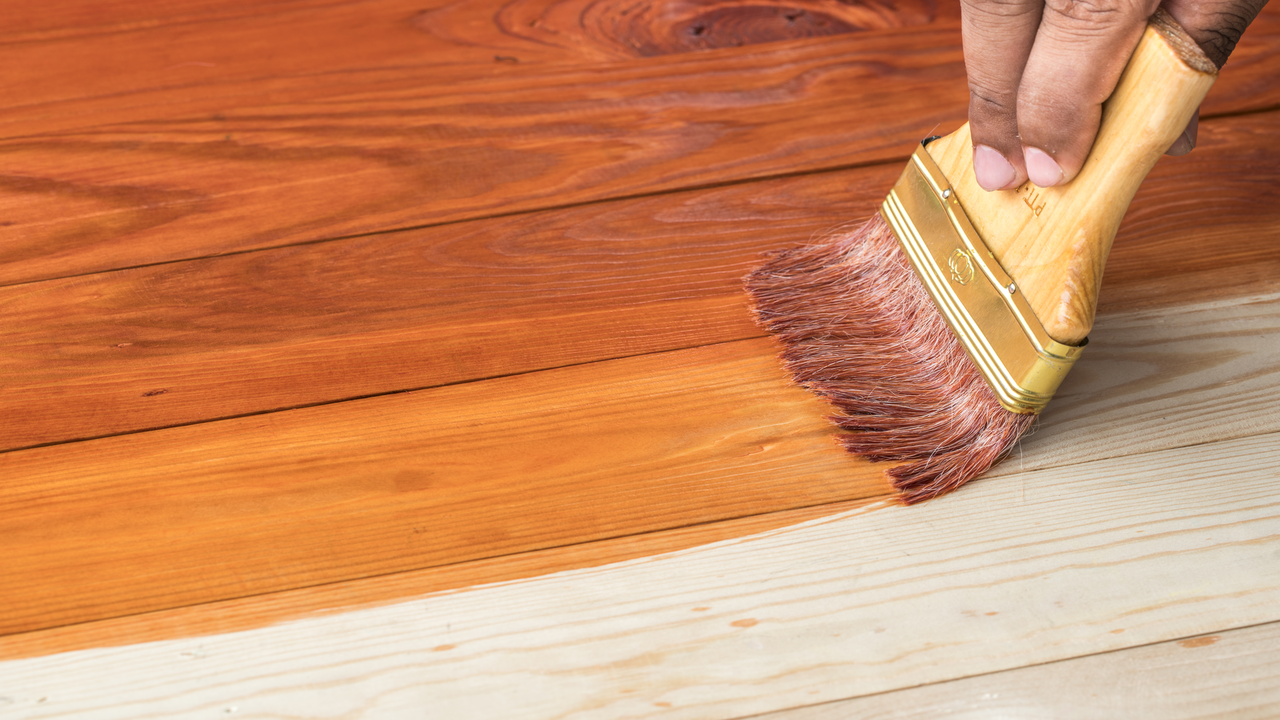
Interior painting is a great way to revamp the look of a room. However, there is a big difference between painting with primer alone and painting with paint. Primer is a base coat that can be applied to a wall or other surface to provide a better surface for the actual paint to adhere to.
Primer is also more resistant to wear and tear, such as dirt and water. Paint, on the other hand, is the final layer of color that will give the desired look to the surface. Paint is also much more durable than primer and is much more resistant to fading and discoloration. Primer is also much easier to apply than paint and can be used to prepare a surface for a variety of finishes.
Therefore, when it comes to interior painting, it is important to decide whether you want to use primer or paint.
Exterior Painting
Exterior painting requires special consideration to ensure long-lasting results. Primer is often used as the first coat, as it helps the paint adhere to the surface. Primer also helps to protect the surface from the elements, as well as providing a base coat for the paint. Painting directly onto the surface without primer can cause the paint to peel or chip more easily.
Additionally, primer can help cover up any existing damage or discoloration, which can give the final coat of paint a more even look. For best results, it is recommended that you use a high-quality primer and paint designed for exterior surfaces.
Wood Staining
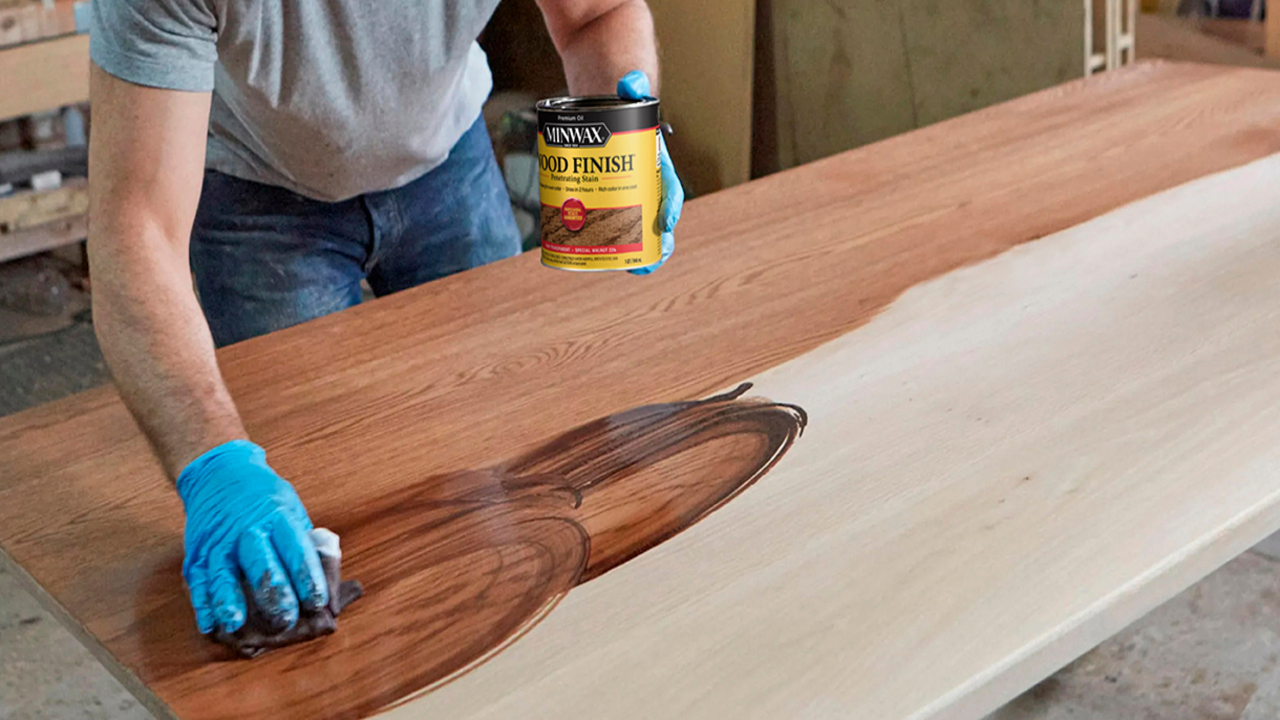
When it comes to wood staining, there are two main options: primer and paint. Primer is a base layer that helps the paint adhere to the surface better, reducing the chance of chipping or fading. Paint, on the other hand, is more of a protective barrier that seals the wood and prevents water and other elements from causing damage.
Both options can be effective, but the choice depends on the type of wood and the desired outcome. Primer is best for unfinished wood, as it helps provide a base layer that the paint can adhere to. Paint is better for finished wood, as it creates a strong seal that keeps moisture out. Both primers and paints are available in a variety of colors and textures to fit any look.
Ultimately, the choice of primer vs. paint for wood staining depends on the type of wood and the desired outcome.
Advantages
Primer and paint both have advantages when it comes to covering surfaces. Primer is an essential product for making sure surfaces are ready for a coat of paint. It can help to ensure a paint job adheres correctly and lasts longer. Primer is also beneficial when it comes to covering up stains or providing a base for a new color.
Paint, on the other hand, is a great way to finish the job and make any surface look new. Paint is also the best way to protect surfaces such as wood from the elements. It will also give a room a fresh, new look.
With a good quality of paint, a room can look beautiful for many years. Both primer and paint are essential for a successful painting job. Primer is a necessary step to ensure the paint adheres and lasts and paint is the finishing touch that will make any surface look great.
Durability
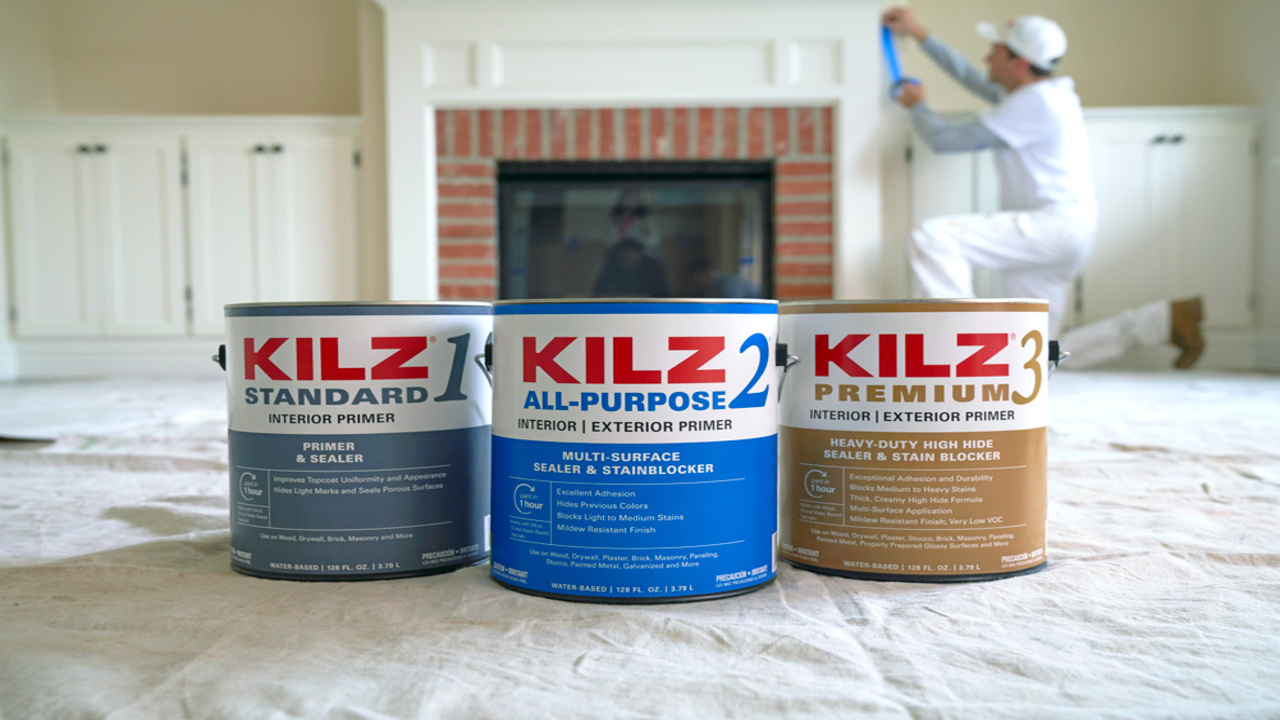
The durability of primer and paint can vary greatly depending on the type and brand you use. Primers tend to be stronger and more resistant to wear and tear than paints, making them a great choice for surfaces that will get a lot of use or be exposed to the elements. Primer also provides a better bond between the surface and the paint, helping to ensure that the paint lasts longer.
However, paints can provide greater protection against weather and wear and tear and are often more aesthetically pleasing. In general, primer is a great choice for surfaces that need extra protection, while paint is a good choice for areas that will be seen more.
Cost Savings
When it comes to cost savings, primer and paint each have their advantages. Primer is usually sold in smaller quantities than paint and costs less per gallon. However, if you’re looking for a quality finish, you’ll need to purchase more primer to cover the same surface as paint.
Paint, on the other hand, is sold in larger quantities and generally costs more per gallon. But, because it’s usually thicker and more vibrant than primer, you’ll need less paint than primer to cover the same area. Ultimately, depending on the size of the job, you can save money by using primer and paint in combination.
Appearance
When it comes to how something looks, it’s important to consider the differences between primer and paint. Primer is designed to give a uniform, smooth finish, while paint is designed to give a textured, colorful finish. Primer is a base coat that helps ensure that the finished paint will adhere properly to a surface. Paint, on the other hand, is the topcoat that will give the desired color and texture.
Primer is generally available in two types: oil-based and water-based. Oil-based primer is best for interior and exterior surfaces that have been previously painted with oil-based paints. Water-based primer is best for surfaces that have been previously painted with latex paint.
Paint is available in three types: latex, oil-based, and alkyd. Latex paint is the most common type and is best for interior surfaces. Oil-based paint is best for exterior surfaces, while alkyd is best for trim and cabinets.
So, when it comes to appearance, primer and paint are complementary products that will help give a beautiful, finished look.
Disadvantages

Primer vs. Paint has some disadvantages. Primers are generally expensive and require more coats to achieve the desired effect. They also require a longer drying time than paint and are more difficult to apply. Paint is typically less expensive than primer, however, it is not as durable and does not form as strong a seal.
Additionally, paint is more likely to chip or peel if not applied properly. Both primer and paint need to be applied in a well-ventilated area and require preparation before application. Both products also have a limited shelf life and must be used within a certain time frame.
Vocs
VOCs, or Volatile Organic Compounds, are present in both paint and primer. These compounds are responsible for many of the odors and fumes associated with these products, and they can have a negative health impact if not properly ventilated. VOC levels are typically higher in paints, as opposed to primers, and vary based on the type of paint and primer you choose.
For example, water-based paint has a much lower VOC level than oil-based paint. Primers are generally much lower in VOCs than paints, and are often made with VOC-free ingredients. When choosing a paint or primer, it is important to read the label and select one with a low VOC level. Proper ventilation is also key to reducing the impact of VOCs.
Odors
When it comes to painting, one of the most important considerations is the smell. Primers and paints can both produce strong odors, depending on the type of product and the environment. Primers typically have a stronger smell than paints, so it’s important to consider ventilation when using them. Additionally, oil-based primers and paints can release more volatile organic compounds (VOCs) into the air, so it’s important to use them in well-ventilated areas.
For those who are sensitive to odors, water-based primers and paints are a better option as they usually produce less of an odor. To minimize odors when using either type of paint, it’s best to open windows and use fans to help with ventilation.
Application Time
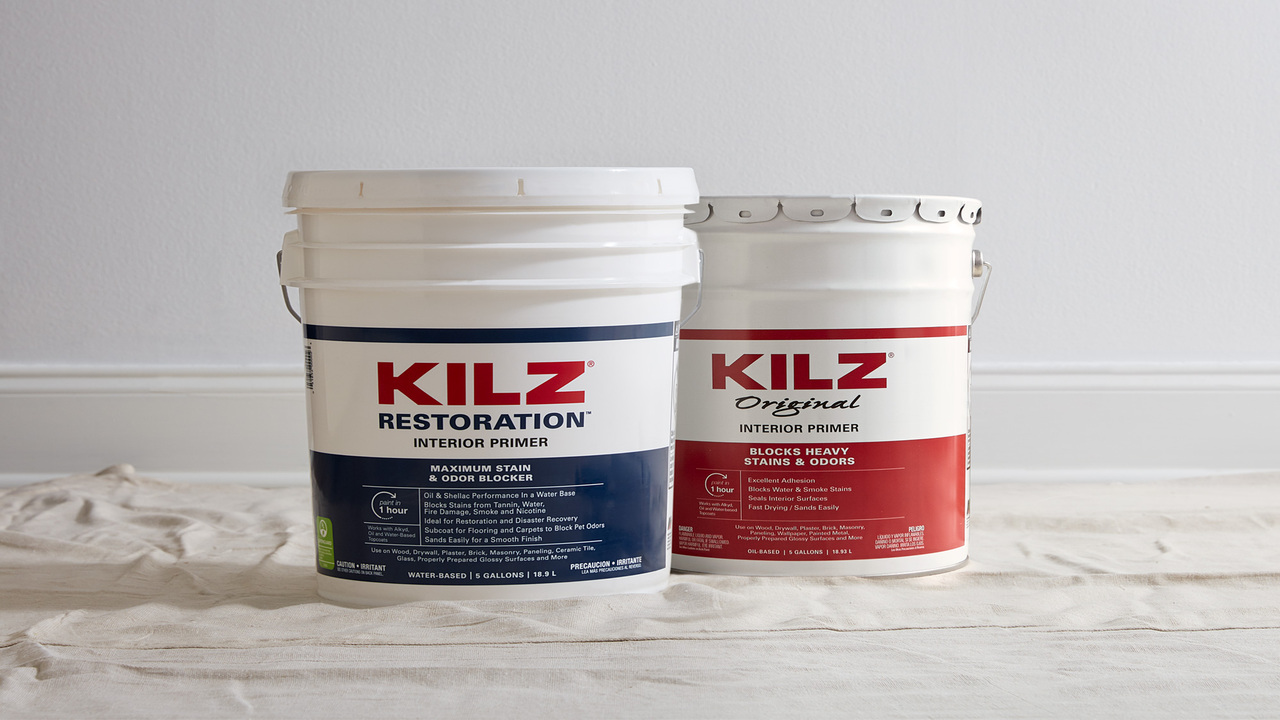
When it comes to applying primer and paint, it is important to follow the correct steps. Start by ensuring that the surface is clean, dry and free from any dirt or debris. Next, apply a coat of primer, using a brush or roller to create an even layer.
Then, let the primer dry for the recommended time before applying the paint. If using a spray can, hold the can about 10-12 inches away from the surface, and spray in a steady back and forth motion. With a brush or roller, use long, even strokes, overlapping as you go. Let the paint dry for the recommended time and apply a second coat if necessary.
Finally, finish up with a coat of protective sealant for added durability. Following these steps will ensure a high-quality, professional-looking finish.
Conclusion
Primer and paint are both important elements of a successful paint job. Primer acts as a base coat that helps paint adhere to the surface, while paint provides the color and finish. Primer is essential for surfaces that are difficult to paint, such as metal or plastic, while paint is best used for wood and other porous surfaces.
Both primer and paint should be applied in thin coats and allowed to dry completely before applying additional coats. The combination of primer and paint will give your project a beautiful, long-lasting finish.
FAQ’s
1.What Are The Differences Between Primer And Paint?
Ans: Primer is a specially formulated base coat used for prepping surfaces and preparing them for painting. It helps to seal the surface and provide a better bond for the paint. Paint is the final coat that is applied to the surface after primer. Paint provides color, texture, and protection. It is usually made of a combination of pigments, binders, and resins.
2.What Types Of Surfaces Are Best Suited To Using Primer?
Ans: Primers are best used on surfaces that have been sanded smooth and are free from dust, dirt, grease, and other contaminants. Primers are often used on wood, drywall, metal, and masonry, as these surfaces can be easily sanded and prepared for painting. Primers can also be used on other surfaces, such as plastic, but it is important to check for any compatibility issues before doing so. Finally, primers can also be used on previously painted surfaces to ensure that the new paint adheres properly.
3.How Do You Determine The Amount Of Primer To Use For A Particular Surface?
Ans: The amount of primer to use for a particular surface will depend on the surface type and size, as well as the number of coats required. Generally, a good rule of thumb is to use one gallon of primer for every 400-500 square feet of surface area. However, if the surface is particularly porous, more primer may be required. It’s best to consult the manufacturer’s instructions for exact recommendations.
4.What Are The Advantages Of Using Primer Before Painting?
Ans: Primer is an important step when preparing to paint a surface. Primer helps to ensure that the paint adheres to the surface more effectively, creating a smoother finish and a longer lasting paint job. Primer also helps to block any stains or discoloration, ensuring that the final paint color looks even and uniform. Finally, primer helps to protect the surface from damage and mold, helping to extend the life of the paint job.
5.Is There A Difference In The Coverage Of A Primer Compared To Paint?
Ans: Yes, there is a difference in the coverage of primer compared to paint. Primer is usually used as a base coat that helps the paint adhere to the surface and provides a uniform surface for the paint to adhere to. Primer is usually thinner than paint and has less pigment, so it doesn’t provide the same level of hiding power as a coat of paint. Primer is meant to provide a surface that will help the paint stick; it is not meant to provide a substantial amount of coverage on its own.


